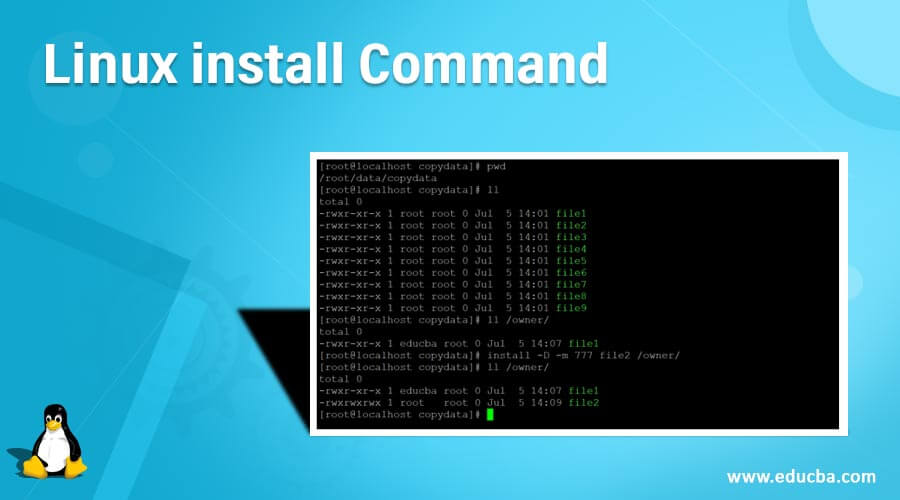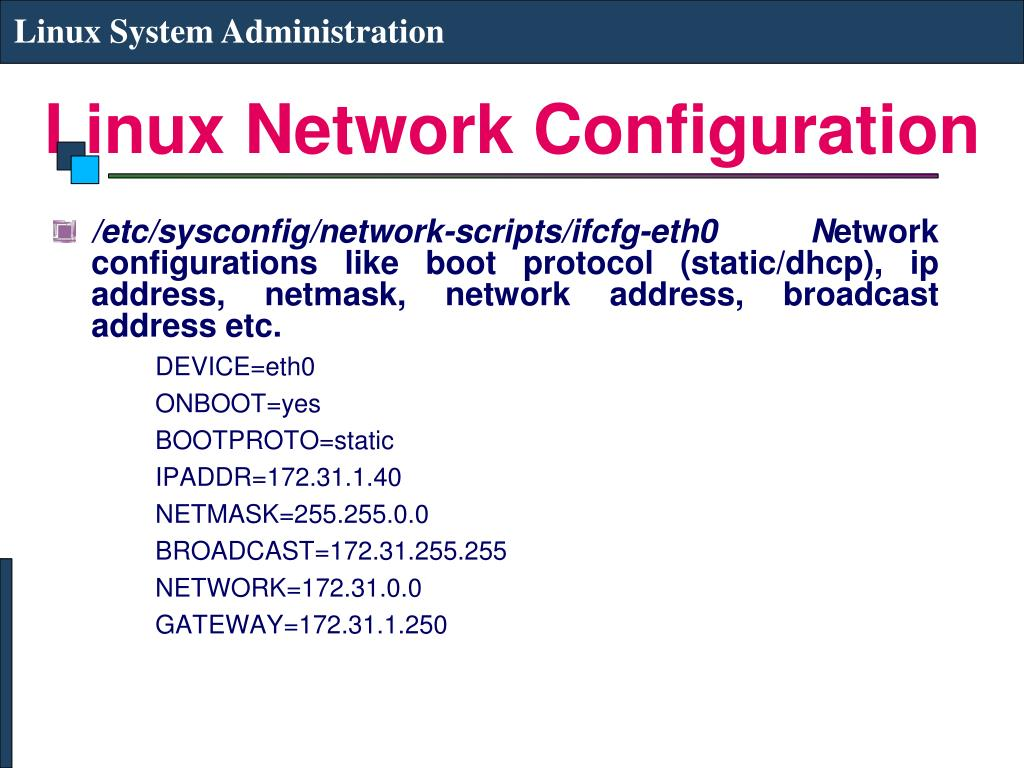Introduction:
Linuxis a effective and flexible working system that has picked up immense ubiquity in both personal and proficient computing situations. As an open-source stage, Linux offers clients a tall level of flexibility, security, and get to to a wide range of software instruments and applications. Whether you are a beginner looking to explore the world of Linux or an experienced client looking for to upgrade your information and capacities, understanding the essentials of Linux installation, configuration, and shell scripting is significant.
In this comprehensive guide, we will take you through the fundamental steps to urge begun with Linux. We are going start by giving an overview of Linux, its roots, and its key highlights that set it separated from other working systems. Moreover, we are going highlight the benefits of utilizing Linux, such as its soundness, scalability, and cost-effectiveness.

Linux Installation:
- Linux installation is the process of setting up a Linux working system on a computer or server. It is a vital step that lays the foundation for utilizing the control and capabilities of Linux. Understanding the installation process and following the vital steps ensures a smooth and effective deployment of Linux.
- Before setting out on the installation, it is essential to consider system necessities. Linux can run on a wide run of hardware configurations, but it’s important to confirm compatibility to ensure ideal performance. Checking equipment specifications such as processor type, memory capacity, and capacity requirements is essential.
- The next step includes selecting a Linux distribution that suits your needs. Popular distributions like Ubuntu, Fedora, and CentOS offer different features, package management systems, and client interfaces. Investigating the different choices and choosing the most reasonable conveyance is crucial.
- Once the distribution is chosen, the installation media must be prepared. This typically includes downloading the ISO image of the chosen distribution and making a bootable USB drive or burning it onto a DVD. Various tools are available to help in creating bootable media.
- After preparing the installation media, it is time to start the installation process. This usually includes booting the computer from the installation media and taking after the on-screen prompts. The installer will direct you through selecting language preferences, partitioning the disk, and configuring basic settings.
- Partitioning the disk is a basic step in Linux installation. It involves dividing the storage space into separate sections known as partitions, which can be used for the root record system, swap space, and potentially other segments based on your prerequisites. Legitimate partitioning ensures efficient utilization of disk space and helps in framework maintenance and overhauls.
- During the installation prepare, you’ll also be prompted to create client accounts and set up passwords. It is vital to choose strong and secure passwords to ensure your system from unauthorized access.
- Once the installation is complete, you may have a functioning Linux system. However, there are extra post-installation steps to consider. These may incorporate configuring network settings, updating the system, introducing additional software bundles, and customizing the desktop environment agreeing to your preferences.
- In conclusion, Linux installation is a vital step in getting started with Linux. It involves considering system requirements, selecting a distribution, preparing installation media, and following the installation prepare. Understanding the establishment steps and performing them carefully ensures a fruitful deployment of Linux, setting the organize for assist arrangement and investigation of the Linux working system
.

Linux Configuration:
- Linux configuration refers to the method of customizing and fine-tuning different aspects of the Linux working system to suit person preferences and prerequisites. Arrangement permits clients to optimize framework performance, set up client accounts, oversee arrange settings, and personalize the desktop environment.
- One of the basic setup tasks is setting up client accounts. Linux supports multiple client accounts, each with its claim privileges and get to rights. Creating client accounts allows for secure and controlled get to to the system. Clients can be alloted different parts, such as chairmen or regular clients, to ensure proper system management and security.
- Managing network settings is another vital aspect of Linux arrangement. Linux provides a extend of tools and utilities for organize configuration, including setting up organize interfaces, assigning IP addresses, designing DNS settings, and enabling network services such as DHCP or firewall rules. Proper arrange configuration guarantees consistent network and efficient communication inside a organize.
- Optimizing system performance may be a key consideration amid Linux arrangement. This includes tweaking different framework parameters and settings to improve responsiveness, asset utilization, and by and large efficiency. Linux offers a large number of options for execution tuning, such as altering bit parameters, overseeing system administrations, and optimizing disk I/O operations.
- Customizing the desktop environment may be a popular configuration errand in Linux. Linux gives a variety of desktop environments, such as Elf, KDE, and XFCE, each advertising a unique client interface and set of highlights. Users can personalize their desktop environment by selecting topics, symbols, backdrops, and configuring panel layouts to make a personalized and visually appealing working environment.
- Package management is an integral portion of Linux configuration. Linux distributions give bundle managers that permit users to install, overhaul, and evacuate software bundles easily. Understanding bundle management devices, such as able, yum, or dnf, enables clients to introduce additional program, libraries, and applications to amplify the functionality of their Linux framework.
- Security configuration is of utmost importance in Linux. Linux offers strong security features and tools to secure the system and information. This involves setting up secure passwords, configuring firewalls, actualizing get to control policies, and remaining updated with security patches. Proper security configuration makes a difference protect against potential dangers and vulnerabilities.
- Regular system support and updates are essential for keeping a Linux system running easily. Linux gives mechanisms for automatic upgrades and planned maintenance errands. Regularly applying updates, overseeing system logs, and performing backups are vital perspectives of Linux arrangement to ensure framework stability and information judgment.
- In conclusion, Linux configuration includes customizing various aspects of the working system to meet particular needs. Setting up client accounts, overseeing organize settings, optimizing execution, customizing the desktop environment, and ensuring security are key areas of Linux configuration. By fine-tuning these perspectives, clients can make a custom-made and effective Linux environment that adjusts with their preferences and requirements.

Advanced Linux Support:
- Advanced Linux support involves going past the nuts and bolts of Linux establishment and setup to address more complex and specialized needs. It includes troubleshooting common issues, utilizing community bolster and online assets, and actualizing progressed procedures for system organization, security, and execution optimization.
- One angle of advanced Linux bolster is troubleshooting. Even with a well-configured system, occasional problems may arise. Advanced clients need to be familiar with diagnosing and resolving issues such as system crashes, software conflicts, driver problems, and network connectivity issues. This requires a deep understanding of Linux internals, log records, and diagnostic tools to identify the root cause of the issue and apply fitting solutions.
- Utilizing community bolster and online assets is vital for advanced Linux back. The Linux community is known for its dynamic and learned client base. Online forums, mailing records, and committed websites give stages where users can seek help, share experiences, and learn from others. By effectively participating in these communities, progressed Linux users can get to a riches of knowledge, pick up insights, and contribute back to the community.
- Security is a significant concern in advanced Linux back. Linux provides strong security features, but advanced users need to get it security best hones and execute extra measures. This includes configuring firewalls, setting up intrusion discovery frameworks, executing get to control policies, and keeping up with security patches and upgrades. Progressed clients ought to too be familiar with tools for inspecting system security and analyzing log records for any signs of unauthorized get to or suspicious exercises.
- Performance optimization is another region of advanced Linux support. Advanced clients can fine-tune system parameters, part settings, and asset allocation to maximize the performance of their Linux systems. Techniques such as kernel optimization, memory management, disk I/O tuning, and organize optimization can significantly enhance system responsiveness and throughput.
- Automation and scripting are essential abilities in advanced Linux back. Shell scripting and automation tools permit advanced clients to streamline repetitive tasks, make customized workflows, and make strides efficiency. By composing scripts, clients can automate system organization errands, perform group operations, and make complex workflows that include numerous commands and forms.
- Keeping up with the latest developments within the Linux ecosystem is pivotal for advanced Linux support. As Linux evolves, unused features, tools, and techniques develop. Advanced users need to remain updated with the most recent discharges, security advisories, and innovative headways to use the complete potential of Linux and guarantee they are mindful of the leading hones and instruments accessible.
- In conclusion, advanced Linux support goes beyond the basics and includes troubleshooting, utilizing community back, implementing advanced security measures, optimizing execution, automating tasks, and staying updated with the most recent developments. By expanding their knowledge and skills in these ranges, advanced Linux users can confidently handle complex challenges and extricate the foremost esteem from their Linux systems.
Conclusion:
In conclusion, this comprehensive article has given a thorough understanding of getting started with Linux, focusing on installation, configuration, and an introduction to shell scripting. We have explored the fundamental aspects of Linux, including its roots, benefits, and the open-source reasoning that drives its development.Through the nitty gritty exploration of Linux installation, readers have learned the importance of system requirements, distribution selection, and the step-by-step installation handle. Proper dividing, client account setup, and password security were emphasized to ensure a successful and secure Linux installation.
Moreover, the article dug into Linux configuration, highlighting the significance of customizing client accounts, managing network settings, and optimizing system performance. By understanding different desktop situations and their customization options, readers have gained the capacity to tailor their Linux experience to suit their preferences and improve productivity.The introduction to shell scripting given readers with a solid foundation in understanding the part of the shell and its language structure. By learning about factors, control structures, and commonly utilized commands, perusers can start automating errands, streamlining workflows, and maximizing the control of the command line in Linux.
Leveraging Open Source in ICT